How to Idle a Car
Method 1 of 3:
Idling with an Automatic Transmission
-
 Turn on the car. On the right side of the steering column of most cars, you'll find the ignition slot for the key. Insert your key into the ignition and turn it halfway to turn on the car's power. After that, continue to twist the key until you hear the engine start, then release the key.
Turn on the car. On the right side of the steering column of most cars, you'll find the ignition slot for the key. Insert your key into the ignition and turn it halfway to turn on the car's power. After that, continue to twist the key until you hear the engine start, then release the key.- Avoid holding the key in the engine starting position once the car is started. Continuing to hold the ignition in the starting position after the car is started can damage the engine.
- Some car models may have a different engine ignition sequence. New cars often have a push-button starter, where you only have to hold down the brake pedal and press a button to start the car.[3]
-
 Bring the car to a stop or keep it in park. If your car is in motion, apply gently increasing pressure to the brake pedal to slow the car until it comes to a stop. If the car is in park, you won't need to do anything special. As the car runs while stationary, the engine will idle.
Bring the car to a stop or keep it in park. If your car is in motion, apply gently increasing pressure to the brake pedal to slow the car until it comes to a stop. If the car is in park, you won't need to do anything special. As the car runs while stationary, the engine will idle.- If your car was in motion, after it has been brought to a stop you can put it in park so you don't have to keep holding down the brake pedal.
- In high traffic situations, do not put the car in park after coming to a stop. Instead, keep the brake pedal pressed down fully and your car will idle.
-
 Allow the engine to continue running. If you're starting your car cold, it'll need some time for the engine to reach its normal idling temperature. Warmup times will depend on your car model, but if you watch the RPM gauge, after the car cycles through a period of high RPMs, it should be warmed up.[4]
Allow the engine to continue running. If you're starting your car cold, it'll need some time for the engine to reach its normal idling temperature. Warmup times will depend on your car model, but if you watch the RPM gauge, after the car cycles through a period of high RPMs, it should be warmed up.[4]
Method 2 of 3:
Idling with a Manual Transmission
-
 Check the parking brake before starting the car. Manual transmission cars are usually parked in neutral with the parking brake engaged. Depending on your model of car, the position of the parking brake may vary, though you can often find it on the center console.[5]
Check the parking brake before starting the car. Manual transmission cars are usually parked in neutral with the parking brake engaged. Depending on your model of car, the position of the parking brake may vary, though you can often find it on the center console.[5] -
 Press down the clutch while applying light pressure to the brake. There are three pedals below the steering column in manual transmission cars. From right to left, these pedals operate the accelerator, the brake, and the clutch.
Press down the clutch while applying light pressure to the brake. There are three pedals below the steering column in manual transmission cars. From right to left, these pedals operate the accelerator, the brake, and the clutch.- Make sure the clutch is pressed all the way down with your foot as you use your other foot to apply gentle pressure to the brake.[6]
-
 Twist the key in the ignition to start the car. Locate the ignition on the right side of the steering column and insert your key. While continuing to hold down the clutch and brake with your feet, turn the key halfway to supply power to the car. Continue to twist the key until you hear the car start, then release the key.[7]
Twist the key in the ignition to start the car. Locate the ignition on the right side of the steering column and insert your key. While continuing to hold down the clutch and brake with your feet, turn the key halfway to supply power to the car. Continue to twist the key until you hear the car start, then release the key.[7]- Make sure you release the key as soon as you hear the engine engage. Holding the key in the engine start position once the engine is running is harmful to the engine.
- Once the engine is started, check that the shifter is in neutral, which is usually located on the center console. If in neutral, the shifter should be able to move left to right.
- After you've verified the car is in neutral, you can release the clutch. If the parking brake is engaged, you can release the brake, too.[8]
-
 Downshift to neutral or keep the stationary car in neutral. If you're in motion, you'll need to press down the clutch and move the gear shifter into the neutral position with your hand. If your car is already stationary in neutral, when the engine starts the car will idle.
Downshift to neutral or keep the stationary car in neutral. If you're in motion, you'll need to press down the clutch and move the gear shifter into the neutral position with your hand. If your car is already stationary in neutral, when the engine starts the car will idle.- When the car comes to a stop, you'll need to hold down the brake engage the parking brake to prevent the car from rolling.
-
 Keep the engine running while the car is stopped. It may take a few minutes before your engine heats up to normal operating temperature. You'll know the engine is warm when you see the RPMs spike. After that, your engine should be idling warm.[9]
Keep the engine running while the car is stopped. It may take a few minutes before your engine heats up to normal operating temperature. You'll know the engine is warm when you see the RPMs spike. After that, your engine should be idling warm.[9]
Method 3 of 3:
Preventing Excessive Idling
-
 Turn the car off if you'll be idling more than 10 seconds. Though you may have heard otherwise, idling can burn more fuel than restarting your car. If you think you'll be stopped for longer than 10 seconds, turn off your engine to save fuel.[10]
Turn the car off if you'll be idling more than 10 seconds. Though you may have heard otherwise, idling can burn more fuel than restarting your car. If you think you'll be stopped for longer than 10 seconds, turn off your engine to save fuel.[10]- Never stop your engine in high traffic conditions, at stoplights, or in stop-and-go traffic. Doing so can dangerously reduce your reaction time.
-
 Drive your car to warm up its cabin in cold weather. Driving your car for a short while will warm it up twice as fast in cold weather as it would idling. Additionally, a short drive generally uses less fuel than it would take to warm up the engine with idling.[11]
Drive your car to warm up its cabin in cold weather. Driving your car for a short while will warm it up twice as fast in cold weather as it would idling. Additionally, a short drive generally uses less fuel than it would take to warm up the engine with idling.[11]- When driving, avoid revving up your engine unnecessarily. This will cause needless fuel waste. An easy drive will warm up your car with minimal fuel usage.
-
 Refrain from using the drive-through window at stores. Drive-through windows at establishments generally require you to wait with your car idling while the items you ordered are prepared. Instead, park your car and make your order inside the establishment to save fuel.
Refrain from using the drive-through window at stores. Drive-through windows at establishments generally require you to wait with your car idling while the items you ordered are prepared. Instead, park your car and make your order inside the establishment to save fuel.- In the event you need to use a drive-through window, you can minimize fuel consumption by turning your car off while waiting for your order.
4.3 ★ | 3 Vote
You should read it
- Cheat Engine - Download Cheat Engine here
- How to Use Brake Spring Pliers
- The world's largest jet engine GE9X made the first flight
- How to Paint an Engine Bay
- Amazing engine in the world, 9 times stronger than the Titanic engine
- How to Paint an Engine Block
- How to add custom search engine in Thunderbird
- How to Use Cheat Engine
May be interested
- Summary of Mobile Legends: Adventure code and how to enter
 mobile legends: adventure is a tactical role-playing game, idle style, developed based on mobile legends: bang bang, from developer moonton.
mobile legends: adventure is a tactical role-playing game, idle style, developed based on mobile legends: bang bang, from developer moonton. - Summary of the latest Tailed Demon Slayer code and how to enter
 tailed demon slayer is a hack-and-slash action game with an attractive idle element. participating in the game, gamers will enter an adventure in bestia, a small town that was once happy and peaceful, now turned dark.
tailed demon slayer is a hack-and-slash action game with an attractive idle element. participating in the game, gamers will enter an adventure in bestia, a small town that was once happy and peaceful, now turned dark. - How to set up a Windows PC to stay awake
 windows has a number of settings that allow you to control when your pc goes to sleep (sleep) when idle.
windows has a number of settings that allow you to control when your pc goes to sleep (sleep) when idle. - Asus, Dell, Lenovo and Samsung will have computers running Windows 8 RT
 devices running windows 8 rt launched later this year will save more power and can update data in idle state when the screen is off.
devices running windows 8 rt launched later this year will save more power and can update data in idle state when the screen is off. - Turn screensavers into hard disk defragmentation
 every time the computer is idle by the time set to activate screensavers, auslogics disk defrag screen saver will automatically perform defragmentation of the hard drive.
every time the computer is idle by the time set to activate screensavers, auslogics disk defrag screen saver will automatically perform defragmentation of the hard drive. - TOP light game, relaxing game on phone
 top light games, relax on the phone, top light games to relax after a long stressful day, with eye-catching graphic style and sound
top light games, relax on the phone, top light games to relax after a long stressful day, with eye-catching graphic style and sound - How to add battery charging and standby screen effects to iPhone
 moonshine tweaking will change the number of idle standby screens and add battery charging effects to iphone / ipad.
moonshine tweaking will change the number of idle standby screens and add battery charging effects to iphone / ipad. - Why does American mother take care of her leisurely child even if she is only given 6 weeks of maternity leave and without the help of her grandparents?
 in the us, maternity leave is currently only 6 weeks long for normal delivery, 8 weeks for caesarean section and only for mothers. back to work when the child was too young, how did american mothers work to take care of their children and their families and still complete their work well?
in the us, maternity leave is currently only 6 weeks long for normal delivery, 8 weeks for caesarean section and only for mothers. back to work when the child was too young, how did american mothers work to take care of their children and their families and still complete their work well? - Can Pokemon Go be played on a computer? The answer is yes!
 by software emulation and additional software to support positioning, we can completely play pokemon go right on the computer, comfortable catching pokemon without worrying about running out of battery when playing as on the phone.
by software emulation and additional software to support positioning, we can completely play pokemon go right on the computer, comfortable catching pokemon without worrying about running out of battery when playing as on the phone. - Summary - How to play Pokemon GO, virtual reality game catch Pokemon on smartphone
 pokemon go game (styled, raising and training virtual animals) has become popular, the online community with new movements also immediately responded to this mobile game in the direction positive direction
pokemon go game (styled, raising and training virtual animals) has become popular, the online community with new movements also immediately responded to this mobile game in the direction positive direction
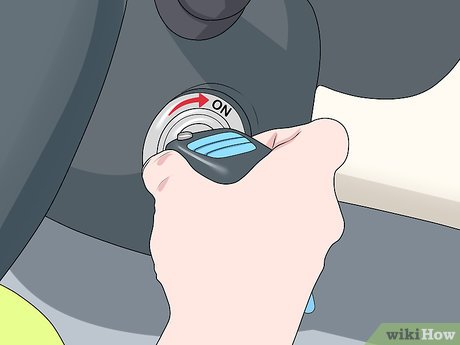
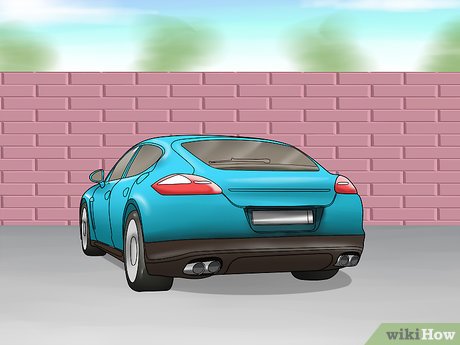
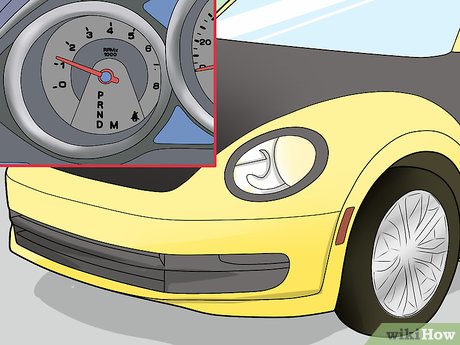
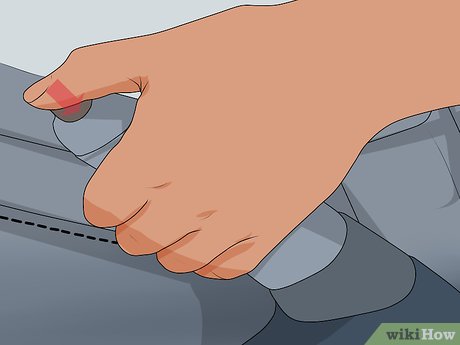
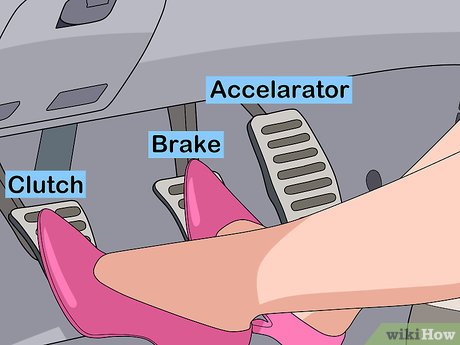
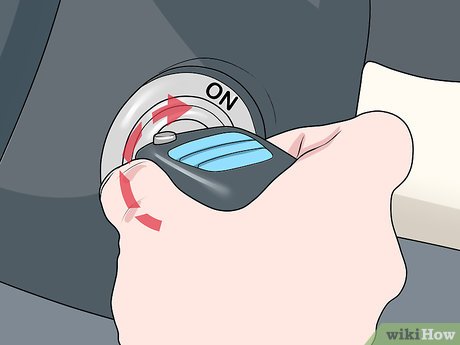
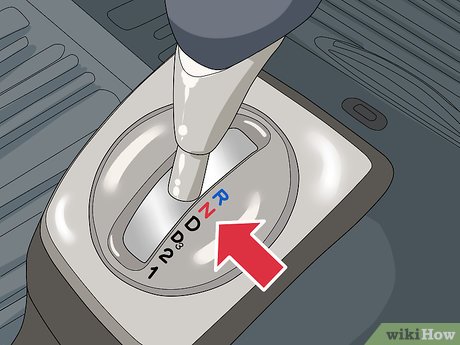
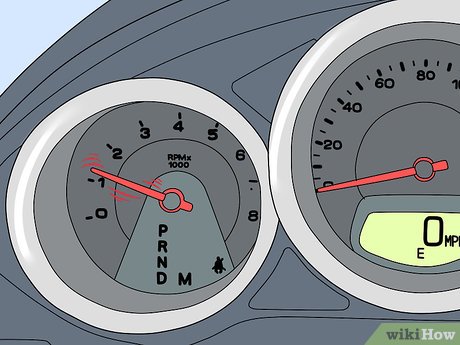
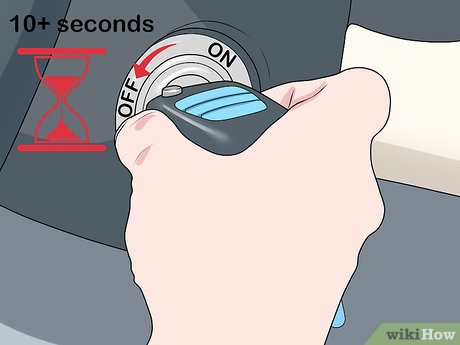
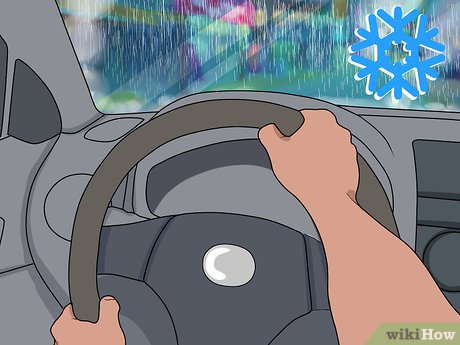
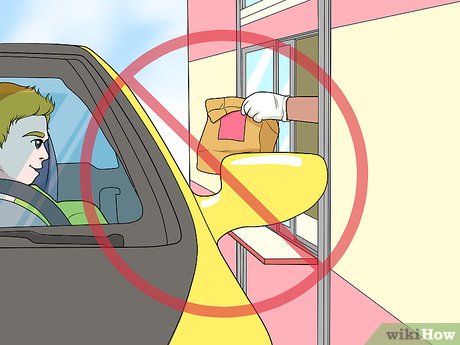









 How to Adjust Car Mirrors
How to Adjust Car Mirrors How to Dehumidify a Car
How to Dehumidify a Car How to Calculate the Cost of Driving
How to Calculate the Cost of Driving How to Protect a Convertible
How to Protect a Convertible How to Drive a Semi Automatic Car
How to Drive a Semi Automatic Car How to Clean a Boat Water Tank
How to Clean a Boat Water Tank